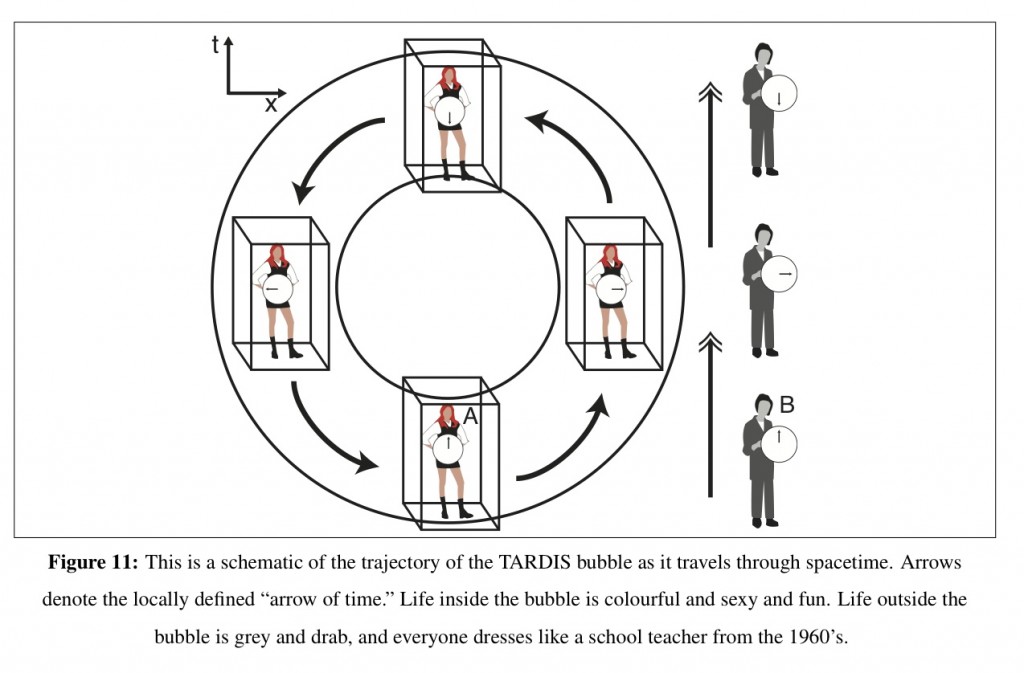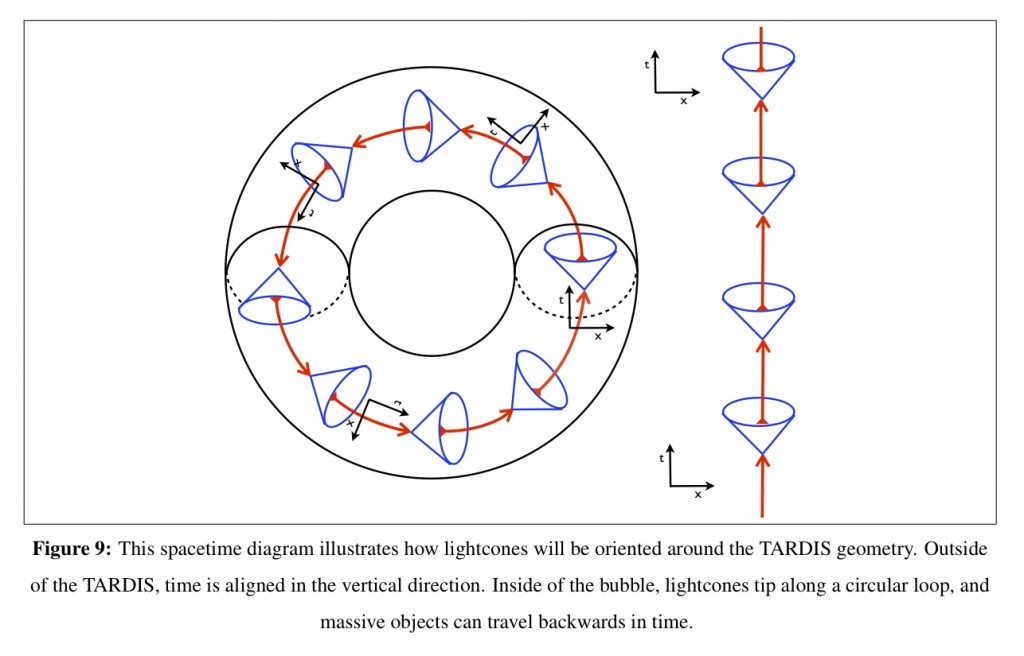Barn the Bunny interviews me on the topic of Tardises.
Posted Oct 31, 2013 by bn
Ben Tippett: Hello, my name is Ben Tippett. I’m a physicist, and a university math instructor. I study black holes and gravity stuff.
Barn: Hi. I’m a little white rabbit who knows how to type.
BARN WAS ASKED TO INTERVIEW BEN ABOUT HIS TARDIS PAPER , IF YOU WOULD LIKE TO READ A MORE SYSTEMATIC EXPLANATION, TRY READING THE BLUE BOX WHITE PAPER , WHICH SUMMARIZES ALL THE IDEAS FOR A NON-TECHNICAL AUDIENCE.
Barn: Okay, so you said that no one ever interviews you and that you’d like 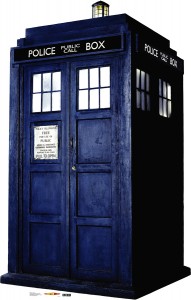 someone to interview you about this TARDIS paper you wrote, but also you wanted me to do it because I’m a fictional rabbit and so I know all the right questions to ask.
someone to interview you about this TARDIS paper you wrote, but also you wanted me to do it because I’m a fictional rabbit and so I know all the right questions to ask.
BT: yeah.
Barn: okay… so. This TARDIS paper. TARDIS usually stands for “Time and Relative Dimension In Space”. Why isn’t that the acronym you used in your paper?
BT: uh. It’s not very descriptive. The acronym “Time and Relative Dimension in Space” is evocative of Einstein’s Theory of spacetime, but it doesn’t really mean anything. so we went with “Traversable Achronal Retrograde Domain In Spacetime,” which means that it’s a box that can go backwards in time and move faster than the speed of light.
Barn: Ok. So Describe your TARDIS.
BT: Well, it’s a box. It can go faster than the speed of light, and also move backwards in time.
Barn: How hard was it to come up with the acronym?
BT: Very hard. It took weeks.
Barn: So can it disappear and re-appear the way the TARDIS does in Doctor Who?
BT: Kind of. In the paper we wrote, it goes in a circle in time. So at a certain time, it appears, and then after a while it disappears… because it starts moving sideways and backwards through time. But it can’t move through walls. It needs a clear path to move through when it travels.
Barn: Are you a crazy person? Is this just a crazy person talking? Because that’s what it sounds like. It sounds like you are a crazy person who watched too much TV and now thinks that you know something.
BT: No? I don’t think i’m crazy? maybe a little. But I Do have a PhD in Theoretical physics. And we have come up with a real spacetime geometry which has all these features. So I’m not just making up all of these attributes. I’m describing what the spacetime geometry does.
Barn: What’s a spacetime geometry?
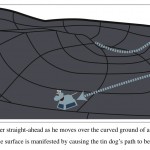 BT: Um. Well, it’s the four dimensional surface composed of all the coordinate points in space and time? And Einstein said that the force we feel called “gravity” is just curvature in this surface that pushes people around.
BT: Um. Well, it’s the four dimensional surface composed of all the coordinate points in space and time? And Einstein said that the force we feel called “gravity” is just curvature in this surface that pushes people around.
Barn: Uh. Ok. So why does the TARDIS have anything to do with spacetime geometry?
BT: Well, if you wanted to travel backwards in time, you’d need to travel faster than the speed of light. The only way for you to do THAT is to harness the attributes of spacetime curvature. So in our TARDIS, it’s the curvature of spacetime which pushes the people in the box backwards in time.
Barn: Did you invent the idea that curvature of spacetime could push a little box around?
BT: No. A guy named Alcubierre did that. he invented a geometry called the “warp drive” which lets you move faster than the speed of light.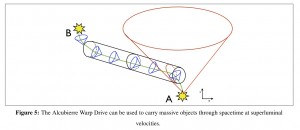
Barn: He named it after the thing from Star Trek.
BT: yeah.
Barn: and you named your thing after Doctor Who.
BT: yeah.
Barn: Do you think you’re cooler than Alcubierre?
BT: no.
Barn: So why didn’t Alcuberre get credit for the time machine? Why is your thing special?
BT: Well, you can use a series of warp drive jumps to go back in time, but you can’t go backwards all in one trip. My TARDIS takes you backwards in time without having to stop in between.
Barn: Okay. But doesn’t your TARDIS only take you in a circle? Circles are boring!
BT: Well, yes and no. the TARDIS in the paper we wrote takes you in a circle, but there’s this other technique that lets you cut up different spacetime shapes, and build new ones with by sticking them together… so you could cut up a variety of circular TARDIS geometries (as we have written them), and stitch them into an S shaped tube that takes you from any point in space and time to any other point in space time.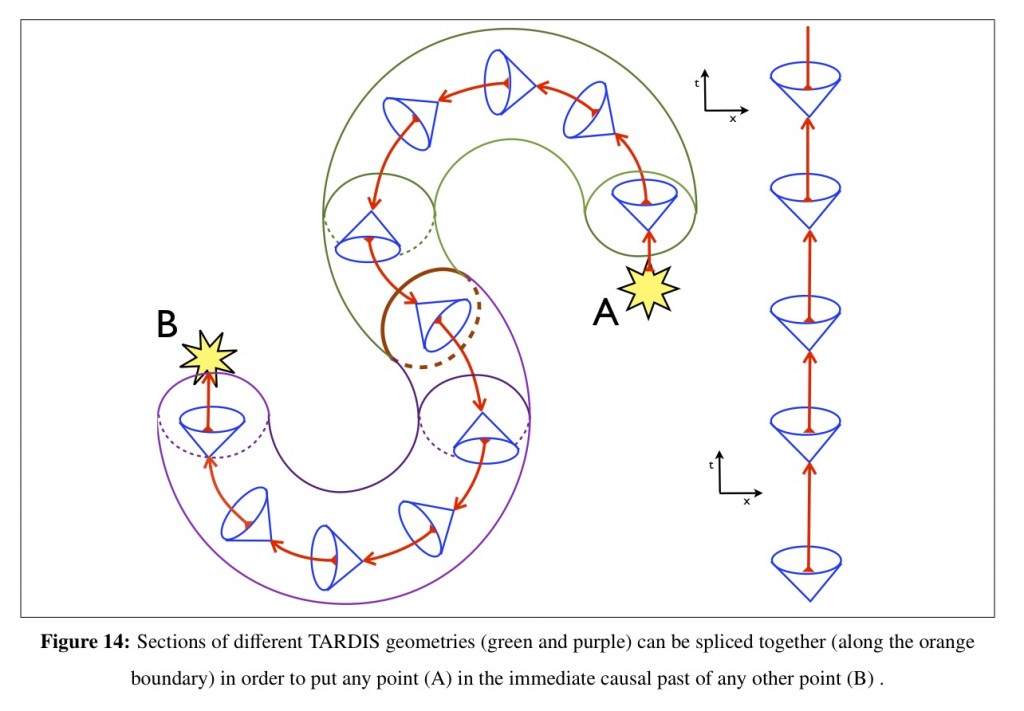
Barn: So you could use the math you did in this paper to make a space and time machine, like the TARDIS from Doctor Who?
BT: That’s why we named it like that.
Barn: Is that honestly, the only reason for naming it that? Are you sure that you don’t want to just be cool?
BT: Well. It’s the 50th anniversary of Doctor Who and I wanted to celebrate the fact. Also I’ve watched the show since I was a kid.
Barn: So you’re Doctor Who’s biggest fan? Is that what you’re saying? That you are a bigger fan than anyone else, and that everyone should respect you?
BT: no. I am humbled by the Whovian fandom. I don’t have a scarf, or a sonic screwdriver toy. but I CAN build bespoke spacetimes which do anything I want. So… one does what one can.
Barn: So… could you build this TARDIS you designed?
BT: No. It’s impossible. It’s made out of weird unphysical matter. Regular matter doesn’t bend spacetime in the required way to make a TARDIS. It would be like trying to make a basketball by gluing together Pringles chips.
Barn: What’s the point of doing this, then?
BT: Well, for one thing it’s a fun model of the type of time machine people imagine from science fiction. It answers a bunch of questions like: “would you see a person who is moving backwards in time get younger as they move?”
Barn: What’s the answer?
BT: It depends who is looking.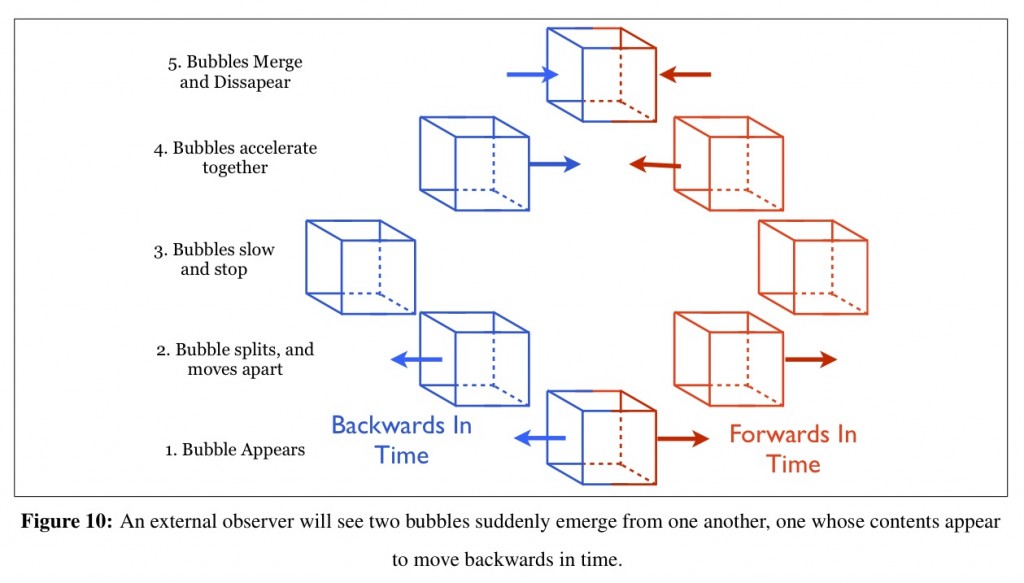
Barn: Okay. new question. Is this the first “spacetime geometry” that has allowed for past time travel?
BT: No. We’ve known about it as a mathematical possibility for decades. The first spacetime geometry which allowed past time travel was invented by Kurt Godel, and was given to Einstein for his birthday. There’s also really popular one from the 70’s that requires only an infinitely long, spinning cylinder. So. I haven’t discovered time travel.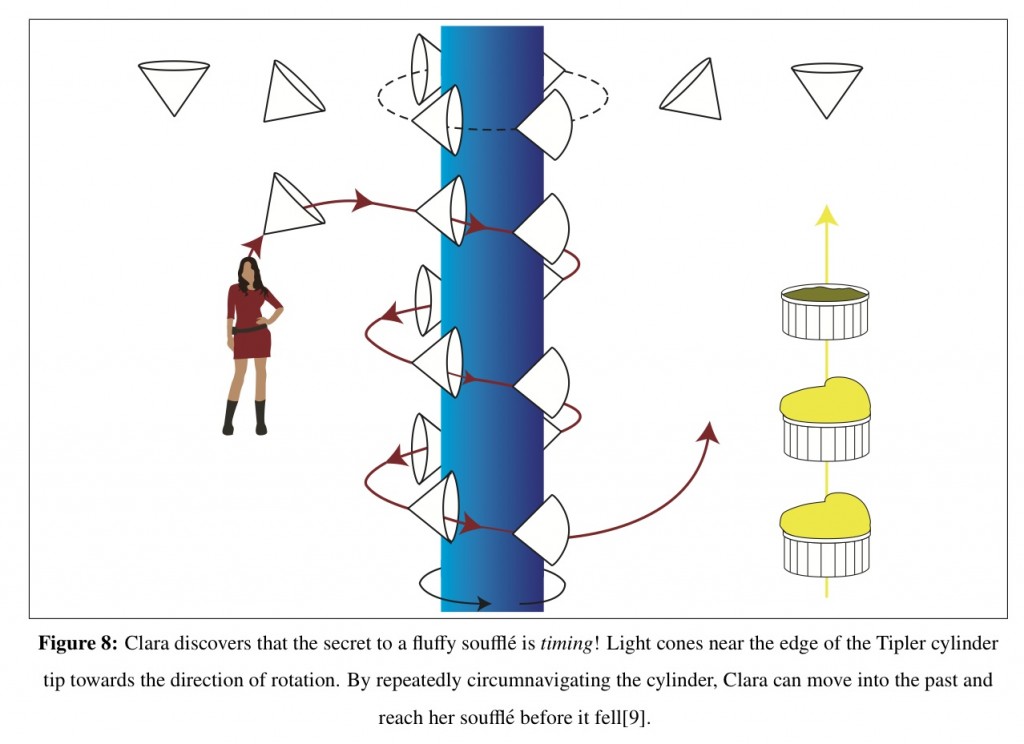
Barn: So what have you discovered?
BT: The TARDIS is unique among time travel methods in that it is closest to what science fiction would describe as a Time Machine: people get in a box, and then time evolves forward as usual inside the box while the box tunnels itself backwards in time and then drops them off whenever and wherever.
Barn: A Tunnel reference? Are you taking a dig at me? because i’m a Rabbit?
BT: Yes. It’s also a vivid metaphor.
Barn: *looks offended* Next question. If we could build one of these TARDISes, could we use it to change the past?
BT: No. Well, you could use it to visit the past if… you know… historical records said that you were there already. In three dimensions the TARDIS looks like a box, but in four dimensions, it looks like a waterslide. Unless the waterslide to the past already existed, you wouldn’t be able to ride on it from the future. Also you can’t change the past.
Barn: If you did, would the universe blow up?
BT: You’re not thinking four-dimensionally. Just think of causality in terms of four dimensions, and it will be clear that you cannot change the past.
Barn: Next question: Is it more difficult to go on trips to the distant past, or to the recent past?
BT: TARDIS waterslide segments follow a circular curve, so if you want to go to the distant past, you can build your waterslide out of really wide circles. If you want to to on a jaunt to the recent past, you need a really tight circle. People inside the box will feel an accelerating force as the move along the waterslide, and the tighter the circle is, the stronger the acceleration they will feel. So, arguably, trips to the distant past are less taxing on the body.
Barn: Last Question: Is your TARDIS bigger on the inside?
BT: Not the one in the paper we wrote. I could probably make one which was bigger on the inside if I wanted to. In Einstein’s theory, space is curved (well, it’s spacetime that’s curved, but part of that is space), and when space is curved, there is often more room on the inside. It’s very common. Black holes and worm holes both have more space on the inside.
Barn: what?
BT: think about it like this. suppose you wanted to build a town, and you had to build it all within a 4km wide circle. If you drew your circle on a flat piece of land, you could fit fewer houses in it than if you drew your circle around the base of a hill… you could put more houses on the hill because it has more surface area than the flat land.
Barn: What if you were to dig down into the ground and then live in holes? then you would have less room if you had a hill because eventually you’d dig across the hill. but if it were flat, you could just keep digging down.
BT: that’s rabbit logic. *interview ends*

